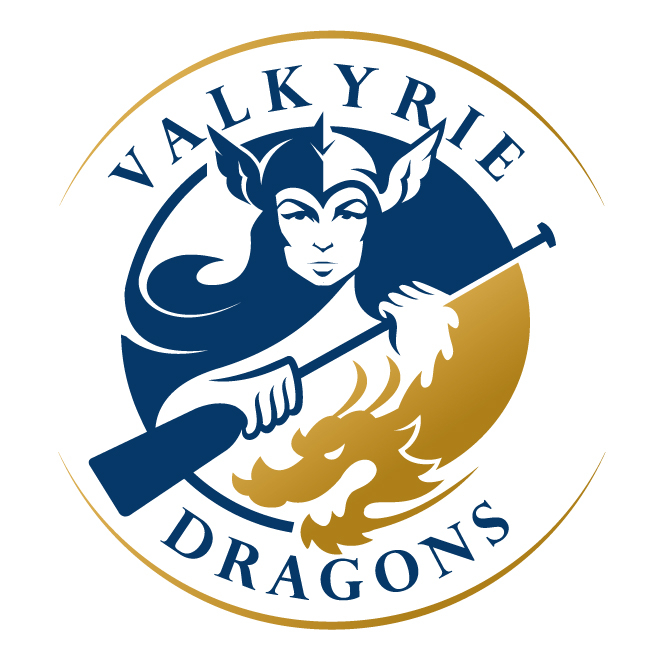The boat
According to Wikipedia, dragon boat racing had been in existence in China for over 2000 years when it became an international sport in Hong Kong in 1976. The sport has its roots in an ancient folk ritual of contending villagers, and includes aspects of religious observances and community celebrations, along with competitions.
The crew of a standard dragon boat includes 22 people: 20 paddlers in pairs facing the bow of the boat, a drummer at the bow facing the paddlers, and a steerer standing at the rear of the boat. The pairs of paddlers sit facing forward in the boat, using a specific type of paddle, and paddling in a similar manner to paddling a canoe.
→ The Drummer
The drum beats produced by the drummer are considered to be the “heartbeat” of the dragon boat, and the drummer may also issue commands to the crew, pushing the team to perform at its peak.
→ The Pacers
The first pair of paddlers are the “pacers”, “strokes” or “timers.” They set the pace for the team and are responsible for synchronizing their strokes with one another. The drummer picks up the beat of the boat from this first pair. The next two rows are also part of the “pacers” as they maintain synchronization for the first part of the boat.
→ The Engine Room
The center part of the boat is the “engine room” and it includes strong paddlers. The “pacers” adjust the stroke pace depending upon the needs of this part of the boat.
→ The Rocket
The last three rows of the boat are the “rockets.” They are the strongest paddlers in the boat, the “get up and go”, and they help propel the boat forward with powerful strokes.
→ The Steerperson
The “steerer” stands at the back of the boat, controlling its direction. The steerer manipulates a long (typically 9-feet) straight oar and issues commands to direct the paddlers.


The Stroke
Understanding proper stroke form is critical to ensuring that all members of the team are in complete synchronization, and are pulling together to move the boat smoothly through the water. If any one member of the team struggles, the boat will feel sluggish. There are 5 phases to the stroke: reach, catch, pull, exit and recover. The A-Frame position shows the optimal position for each paddler at the catch phase:

The “A” Frame

→ Reach
The “A” Frame Position is the proper position for setting up your stroke. Analyze this position and try to implement it as closely as possible.
→ Catch & Drive
The catch position is the moment the paddle enters the water. DO not rotate the paddle because if you do, that will decrease the effectiveness of the stroke. A proper reach position will make the catch phase of the stroke the most effective. For this phase of the stroke the paddler rotates towards the center of the boat , with the paddle blade fully in the water at a 60-degree angle. Drive down with the top arm.
→ Pull
Pull the paddle back directly parallel to the boat. The paddle should be in a vertical position. Make sure paddlers are sitting up and using the larger back muscles to get the full force of the stroke.
→ Exit
Exit the paddle from the water when the paddle reaches the hip region.
→ Recovery
This is when the paddler rests. Depending on the rate of the stroke this may be a long period or a short period. This is also the time that the paddler gets ready and moves into position for the next stroke.
